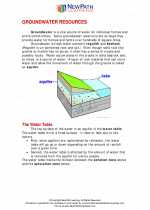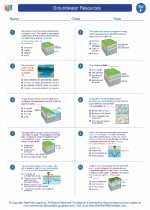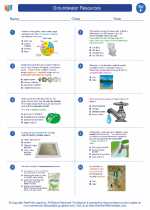DNA: Deoxyribonucleic Acid
DNA, or deoxyribonucleic acid, is a molecule that carries the genetic instructions for the development, functioning, growth, and reproduction of all known living organisms and many viruses. It is often referred to as the "building blocks of life" and is found in the nucleus of cells.
Structure of DNA
DNA is a double helix structure made up of two long chains of nucleotides. Each nucleotide consists of a sugar (deoxyribose), a phosphate group, and a nitrogenous base. The four nitrogenous bases found in DNA are adenine (A), thymine (T), guanine (G), and cytosine (C). The sequence of these bases along the DNA strands forms the genetic code that determines an organism's traits and characteristics.
Functions of DNA
- Genetic Information: DNA carries the genetic instructions that are passed from parents to offspring, determining an organism's traits and characteristics.
- Protein Synthesis: DNA serves as a template for the synthesis of proteins, which are essential for the structure and function of cells.
- Cell Reproduction: During cell division, DNA is replicated and distributed to daughter cells, ensuring genetic continuity.
Study Guide
When studying DNA, it's important to focus on the following key concepts:
- Understanding the structure of DNA, including the double helix and the components of nucleotides.
- Exploring the role of DNA in encoding genetic information and determining traits in organisms.
- Learning about the process of DNA replication and how it ensures genetic continuity during cell division.
- Investigating the relationship between DNA and protein synthesis, and how proteins contribute to the structure and function of cells.
Additionally, practicing with DNA models, diagrams, and interactive simulations can help reinforce your understanding of this fundamental molecule.
.◂Science Worksheets and Study Guides Sixth Grade. Groundwater Resources

 Worksheet/Answer key
Worksheet/Answer key
 Worksheet/Answer key
Worksheet/Answer key
 Worksheet/Answer key
Worksheet/Answer key
 Vocabulary/Answer key
Vocabulary/Answer key
 Vocabulary/Answer key
Vocabulary/Answer key
